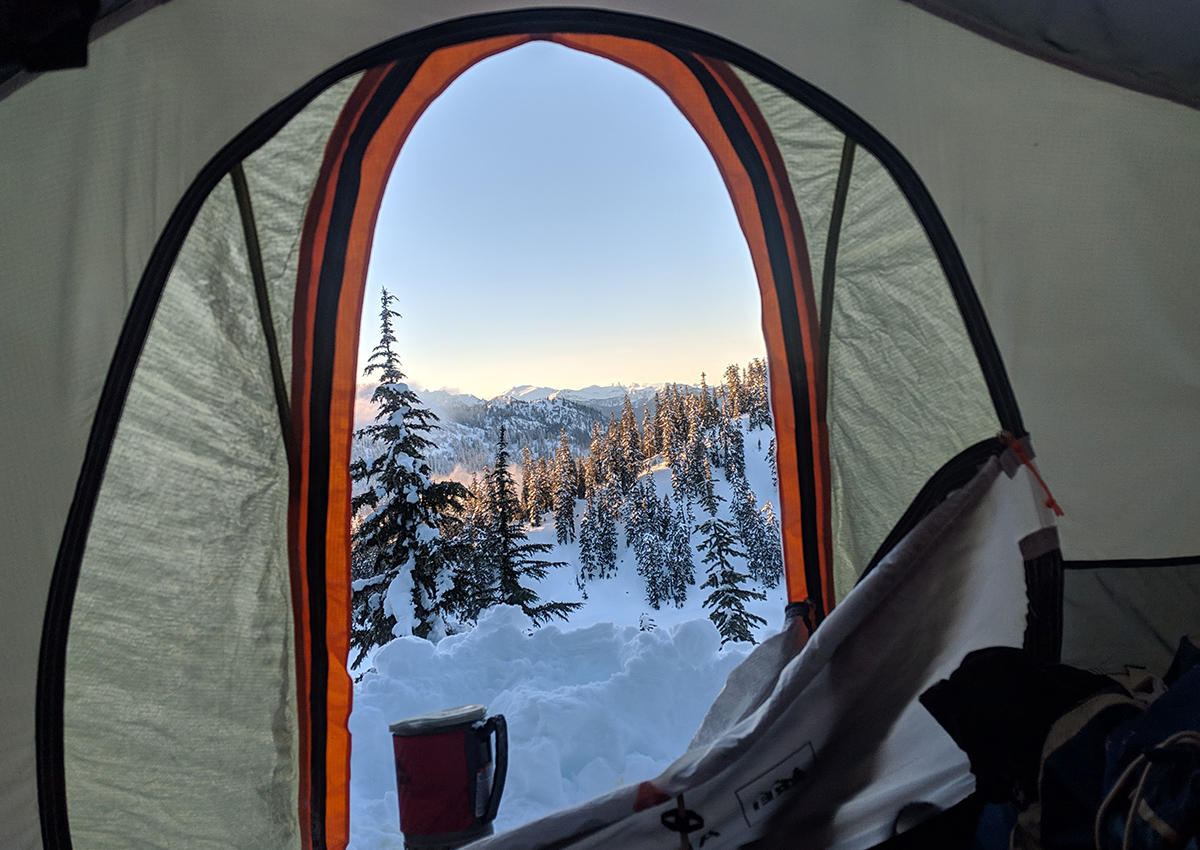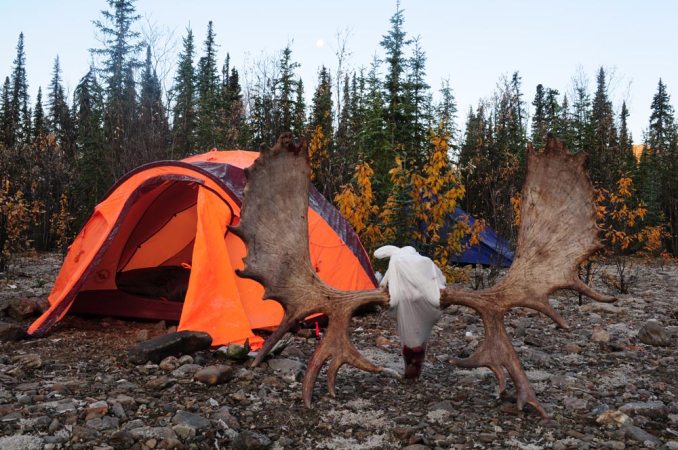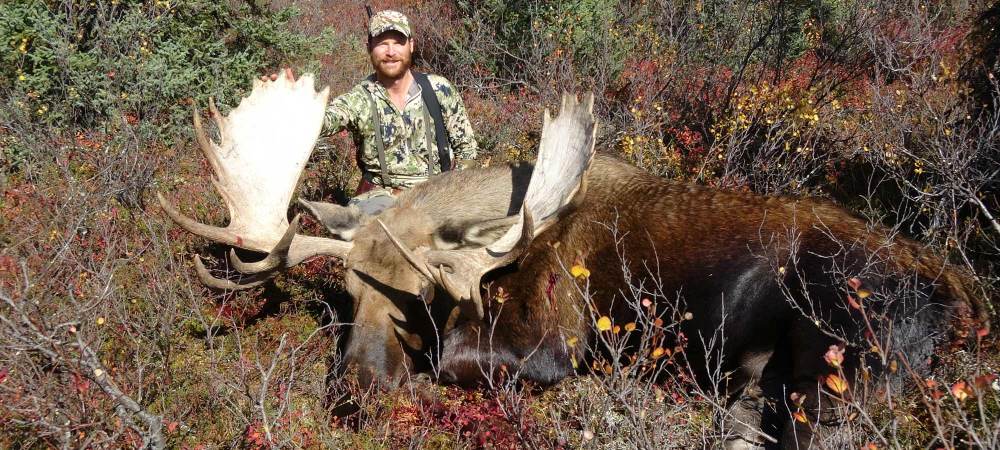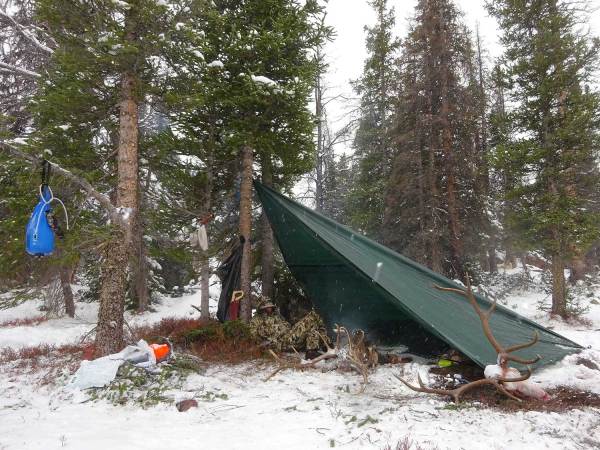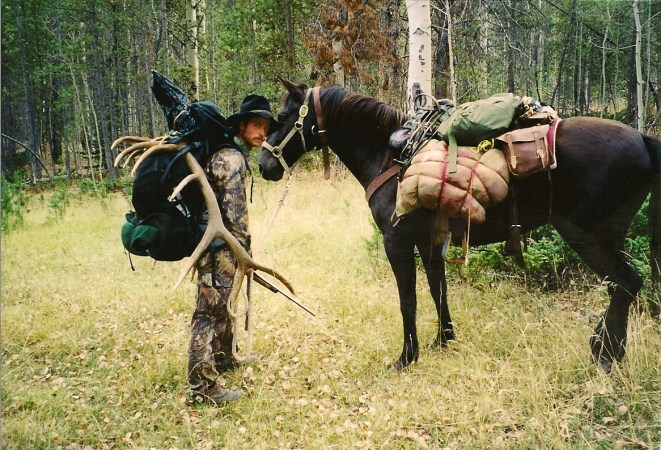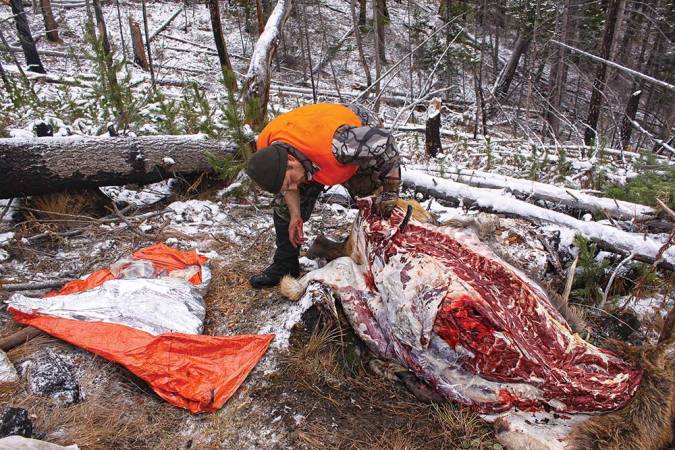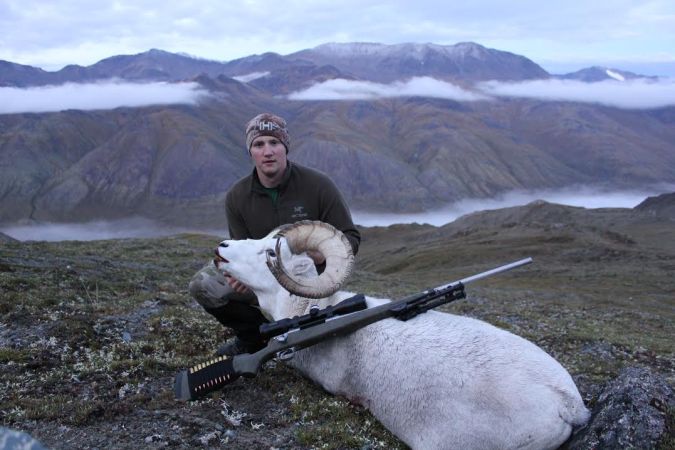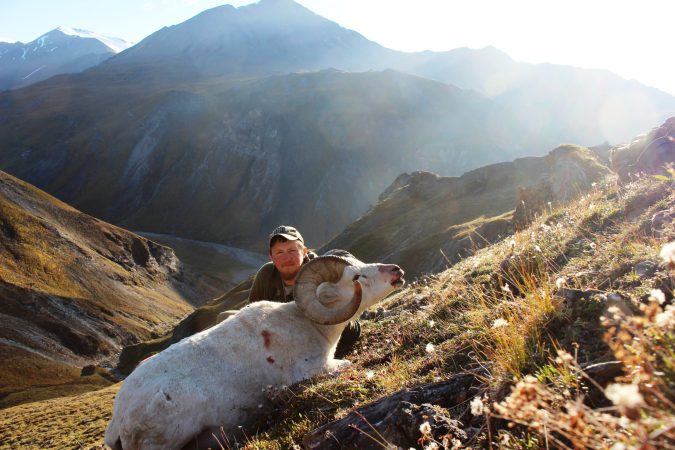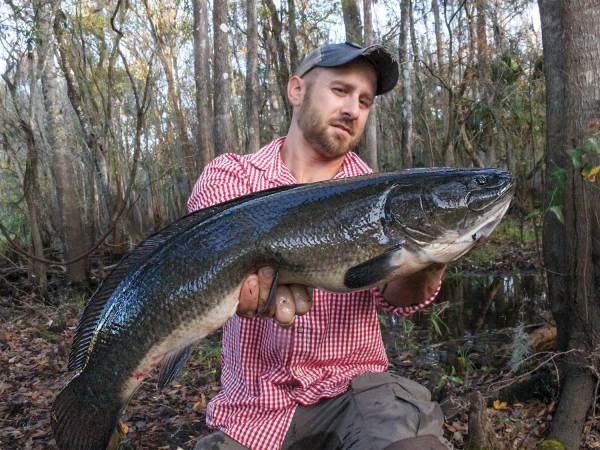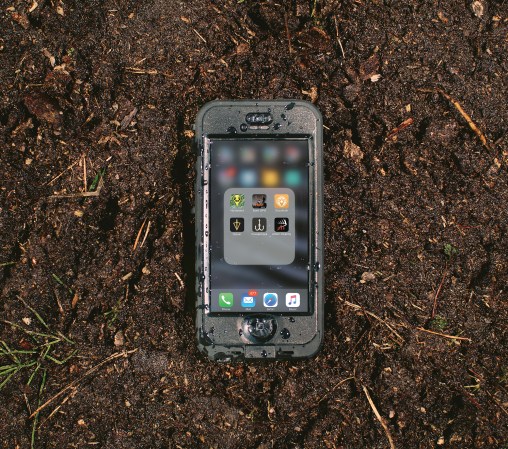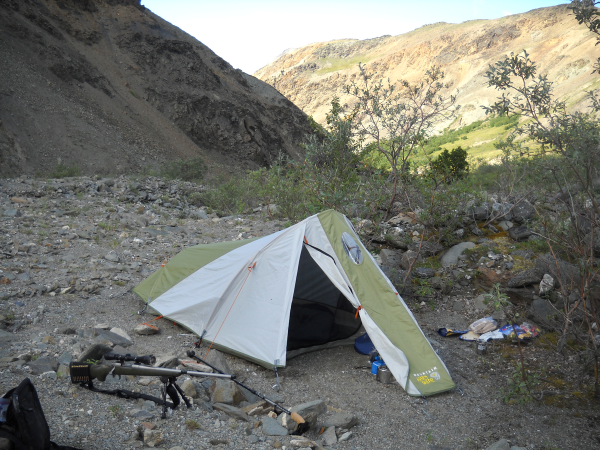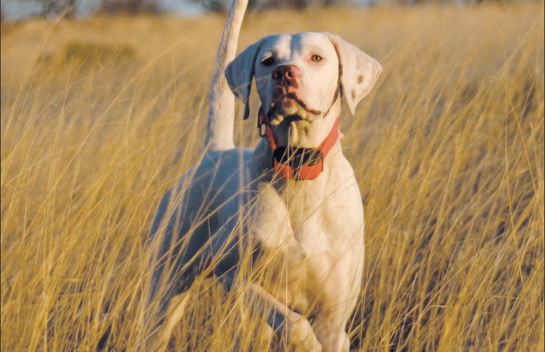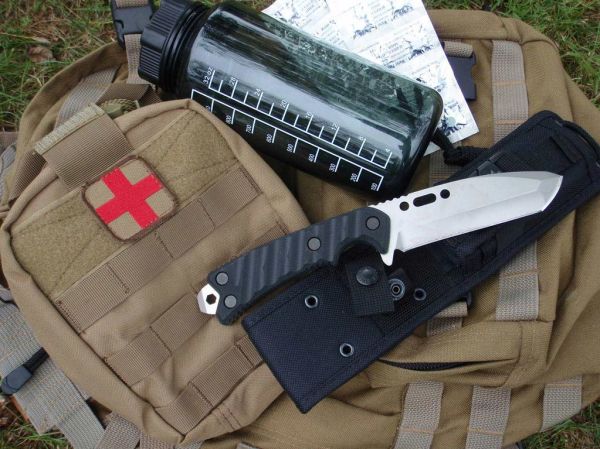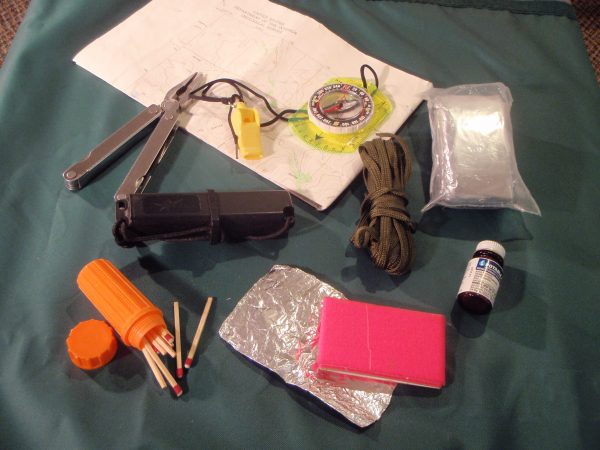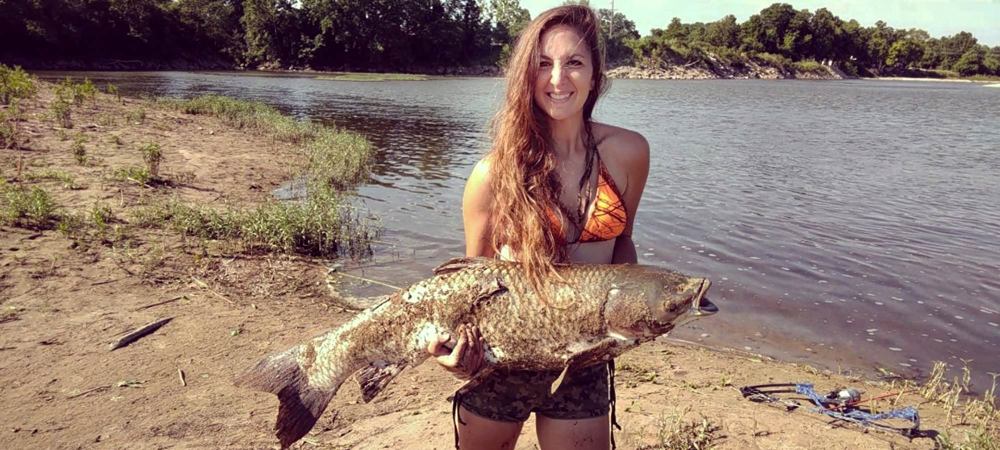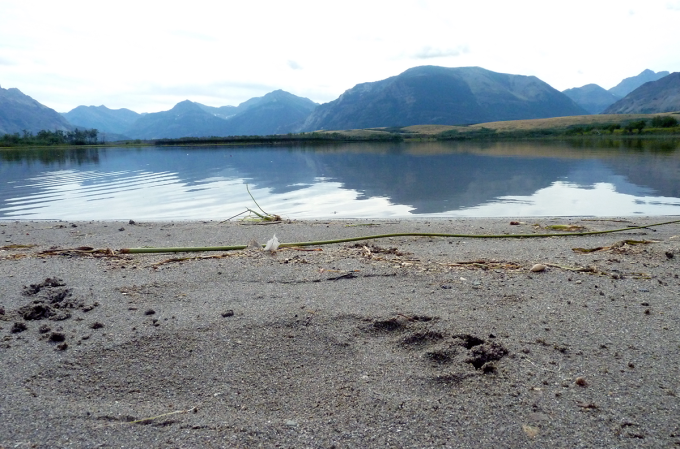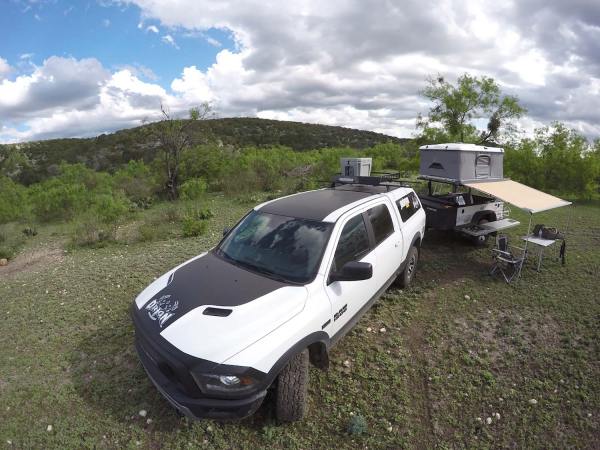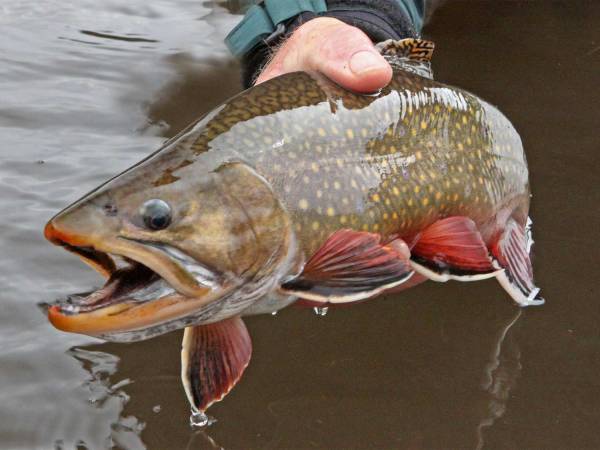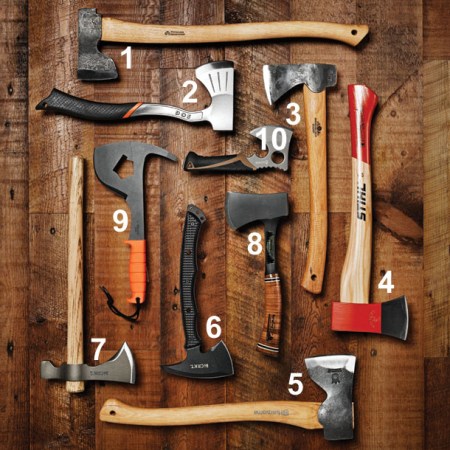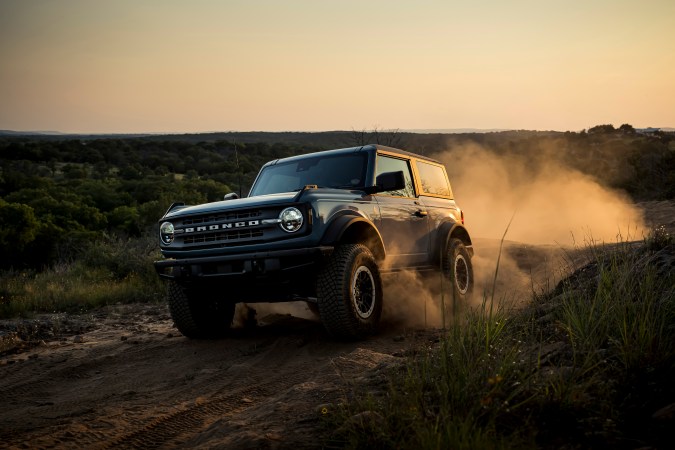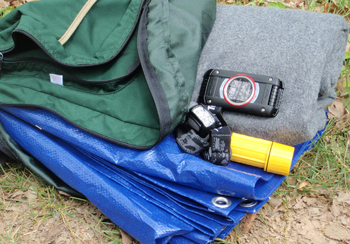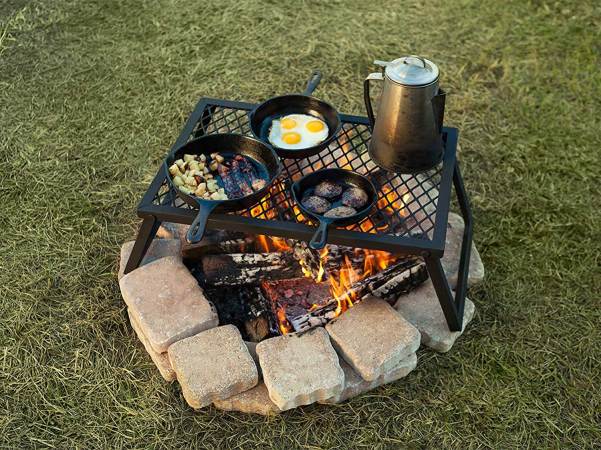We may earn revenue from the products available on this page and participate in affiliate programs. Learn More ›
Whether you’re headed out for your first multi-day backpacking trip or planning off-route travel, knowing what a great campsite looks like and how to find one is an essential skill for backcountry travel. The right campsite can help provide a dry, undisturbed night of sleep, while the wrong campsite can leave you tossing and turning, scrambling to fix stakes in the wind, or chilled from overnight condensation. Here’s what you’ll need to know to get started.
LNT Principles
I’d be remiss if I didn’t start off with a reminder to review the relevant Leave No Trace (LNT) principles, which document best practices for minimizing impact when traveling in the backcountry. The most important of these is under Principle 2: Travel & Camp on Durable Surfaces. Current recommendations include camping more than 200 feet away from water sources and choosing campsites that lack vegetation cover (either naturally or due to overuse of the site). They also recommend re-covering campsites in pristine areas once you are finished—with rocks, pine needles, or the like—to reduce the odds that future backpackers will choose to camp in the same location.
Identify a Few Options in Advance
Choosing a great backcountry campsite starts before you even reach the trailhead. The night before you head out, take a look at your map. Along high-traffic routes, it’ll be easy to identify campsites, as they are typically marked with a tent symbol. But things are a bit trickier if you’re traveling on a less popular route or off trail entirely.
To find campsites in more remote areas, it’s crucial to have a sufficiently detailed map, including elevation lines and areas of vegetation. It also needs to be a reasonably current map, as the landscape can change frequently and dramatically in certain parts of the country.
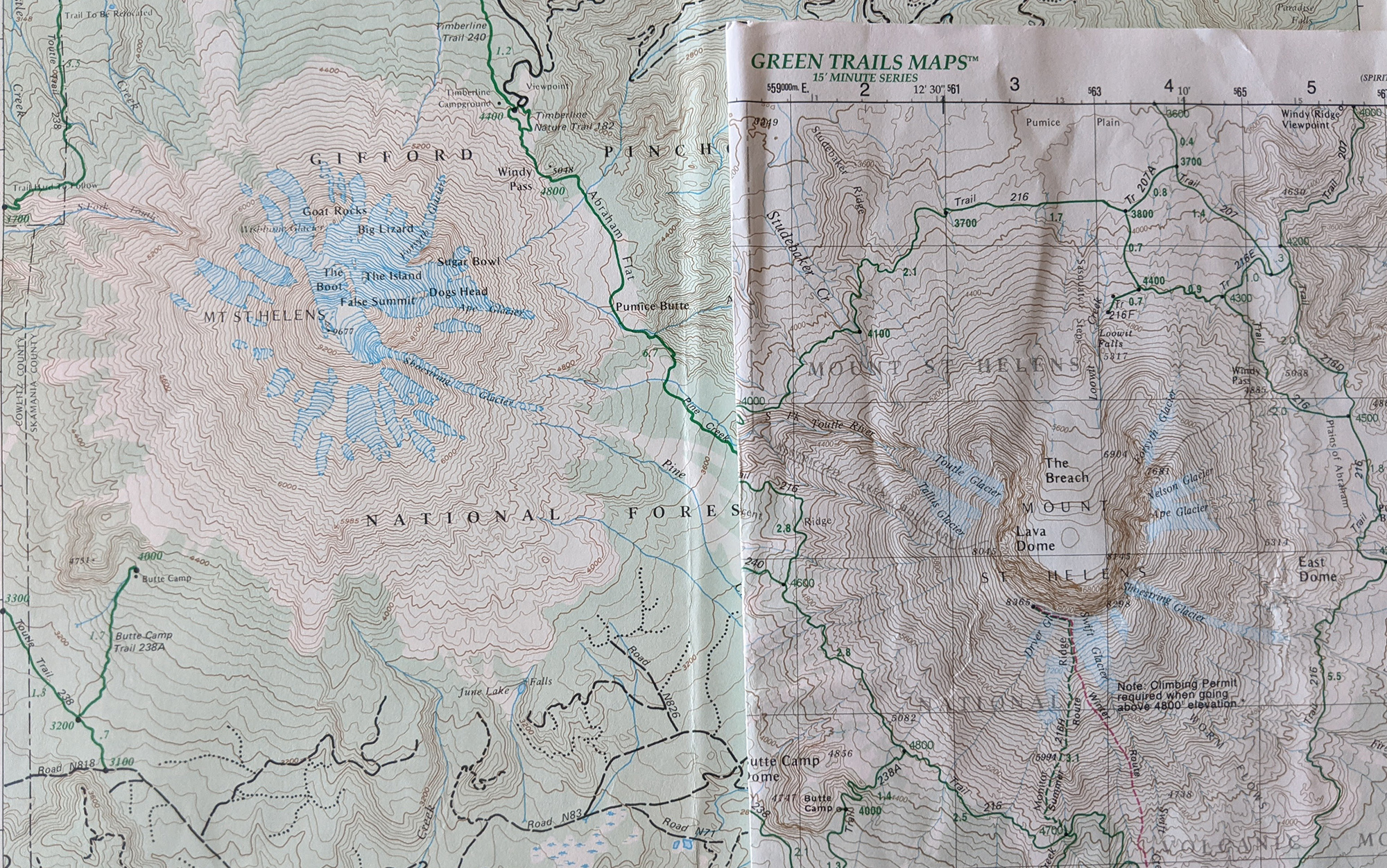
Use the scale at the bottom of the map to estimate the distance you will travel—now you can start to get a sense of what the terrain will look like where you intend to camp. If this is your first time running this exercise, know that it can take some practice to visualize how the contour lines of a map will read on the ground. For instance, if the contour lines are unusually close together, that tells you that the terrain will be incredibly steep—not an ideal place for a campsite. Look for places where the lines are spread out a bit—or perhaps cross with another ridgeline to create a gap—you’re more likely to find a campsite here. This exercise may, at times, lead you to either increase or reduce your mileage or perhaps choose a different route altogether.
While many people like the convenience of camping close to water sources, it shouldn’t be your highest priority when choosing a campsite (an exception to this is if you are planning a base camp). If your best campsite option is more than a half mile from the nearest water source, there are a couple of ways to ensure you have enough water for overnight. The most obvious one is to simply carry all the water you’ll need with you from the closest water source. But you can also minimize the extra weight by completing some of your camp chores near the water source before finishing your hike to camp, such as cooking dinner or washing dishes. This has the added benefit of minimizing the smell of food where you do end up camping, reducing the odds that you’ll receive an unwanted midnight visit.
Choose a Level Surface
It’s tough to see the perfect spot to camp—great views, protected—that’s on just a smidge of a slope. But you should pass these sites by—if you have to do more than kick a few rocks out of the way it’s almost always faster to scout around for a better naturally occurring campsite. (Plus, maring the landscape to make a perfectly flat campsite is going to give LNT’ers a heart attack.)
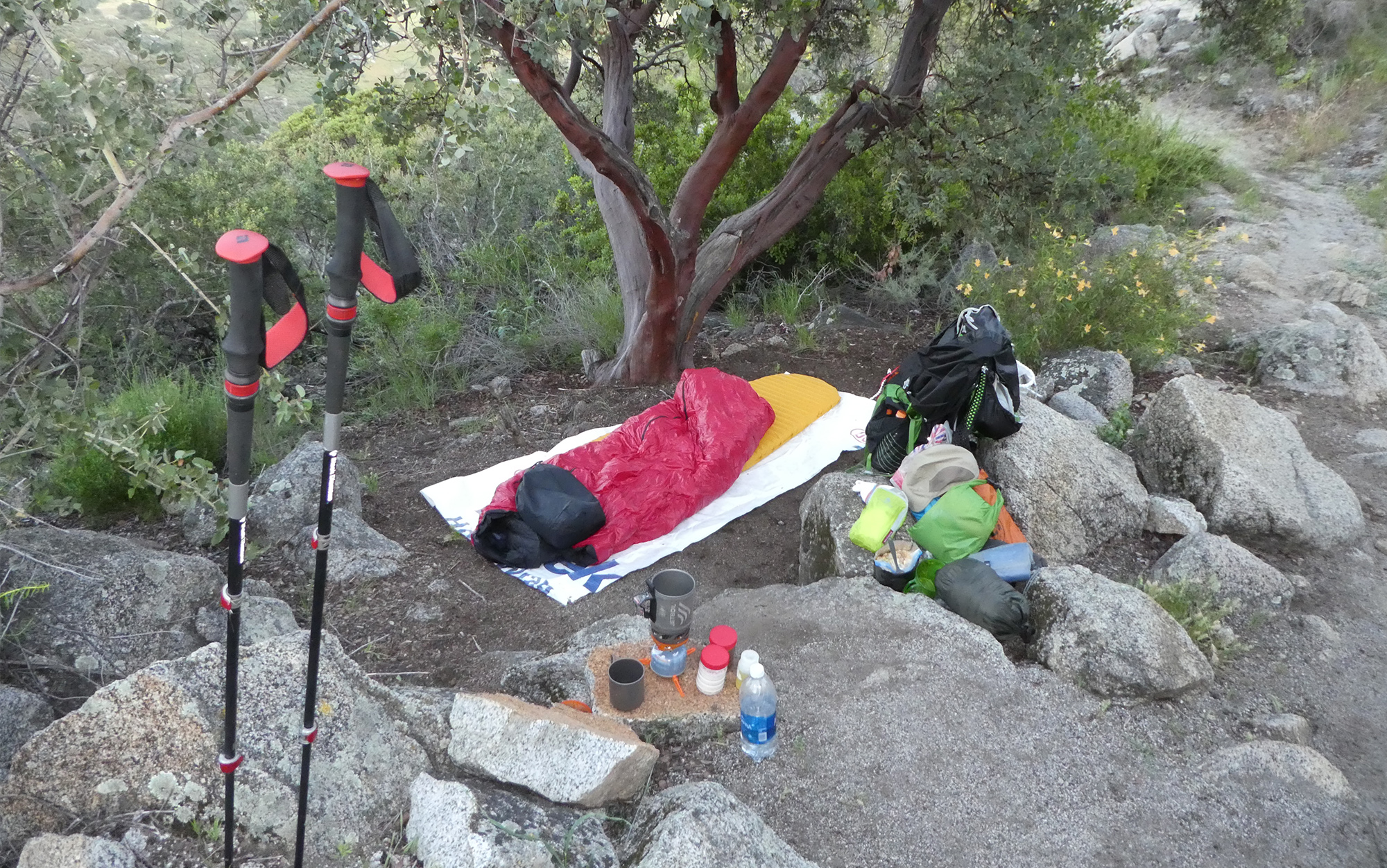
When I’m on the fence about whether or not a campsite is level enough, I like to test it out before setting up my tent. Put down your ground cloth and go ahead and lie down on it. Trust me. You’ll know if it’s level enough to sleep on. Some people can adjust for minor tilts by stuffing a jacket under their sleeping pad, but ground that’s too slanted isn’t going to be worth it—your sleep quality will suffer, impacting your ability to perform the next day.
One caveat is when the forecast calls for an unusual amount of overnight rain, particularly when the ground is unlikely to absorb much of that water—either because you are camping in arid conditions or the ground is already saturated from previous rainfall. If your level spot happens to be inside of a dip, then water can pool there overnight. For tents with brand-new bathtub floors, this is unlikely to cause a major issue, but if there is any kind of a hole then water can seep in overnight. For this reason, some people purposefully pitch their shelter on a slight slope to ensure that water drains away from their tent.
READ NEXT: The Best Backpacking Tents
Reduce Exposure
Just because your two-man tent can withstand 45 mile per hour winds doesn’t mean it’s a good idea to plan on subjecting all that aluminum and nylon to it on a regular basis. Do what you can to reduce the abuse your tent (and potentially you) suffer from the elements, and you’ll increase your shelter’s lifespan and give yourself peace of mind when the weather takes a turn.
Camp Below Treeline
The best views might be in the alpine, but it’s also where some of the most extreme weather is located. In the parts of the county that are prone to thunderstorms, there is added danger from lightning strikes. When you pitch your tent above treeline, the likelihood that you are going to be the tallest object in your vicinity goes way up—making you an appealing target for lightning strikes looking to shorten their journey to the ground. If thunderstorms are in the forecast or on the horizon, get down below treeline and check that the trees you’re pitching tent near are on the shorter side.
While it’s always best to get down low, if you must camp above treeline, there are a few precautions you can take. The first and most obvious is to not camp at the top of a high peak. But it’s important to remember that when lightning leaves the sky, it doesn’t yet have a target. So if its starting point is directly above you, that increases the odds that you will be struck, even if there are taller mountains around. For this reason, avoid camping in wide-open alpine meadows—a better option would be on the side slope of a larger peak (but not in a cave, as lightning can “cross” the entrance of the cave by using your body). If you do find yourself in a worst-case scenario with lightning, stay on top of your insulated sleeping pad (not closed cell-foam) as this can provide some protection from the shockwaves of nearby lightning strikes.
READ NEXT: Camping Hacks
Look For Protection
If you’re in an area that’s facing high winds, you can reduce your exposure by choosing a campsite that is protected on two or more sides. In some alpine areas, there might be actual rock walls, erected by either the local land agency or prior backcountry visitors. But what’s more common is to find an alcove formed by vegetation that you can pitch a tent inside of.
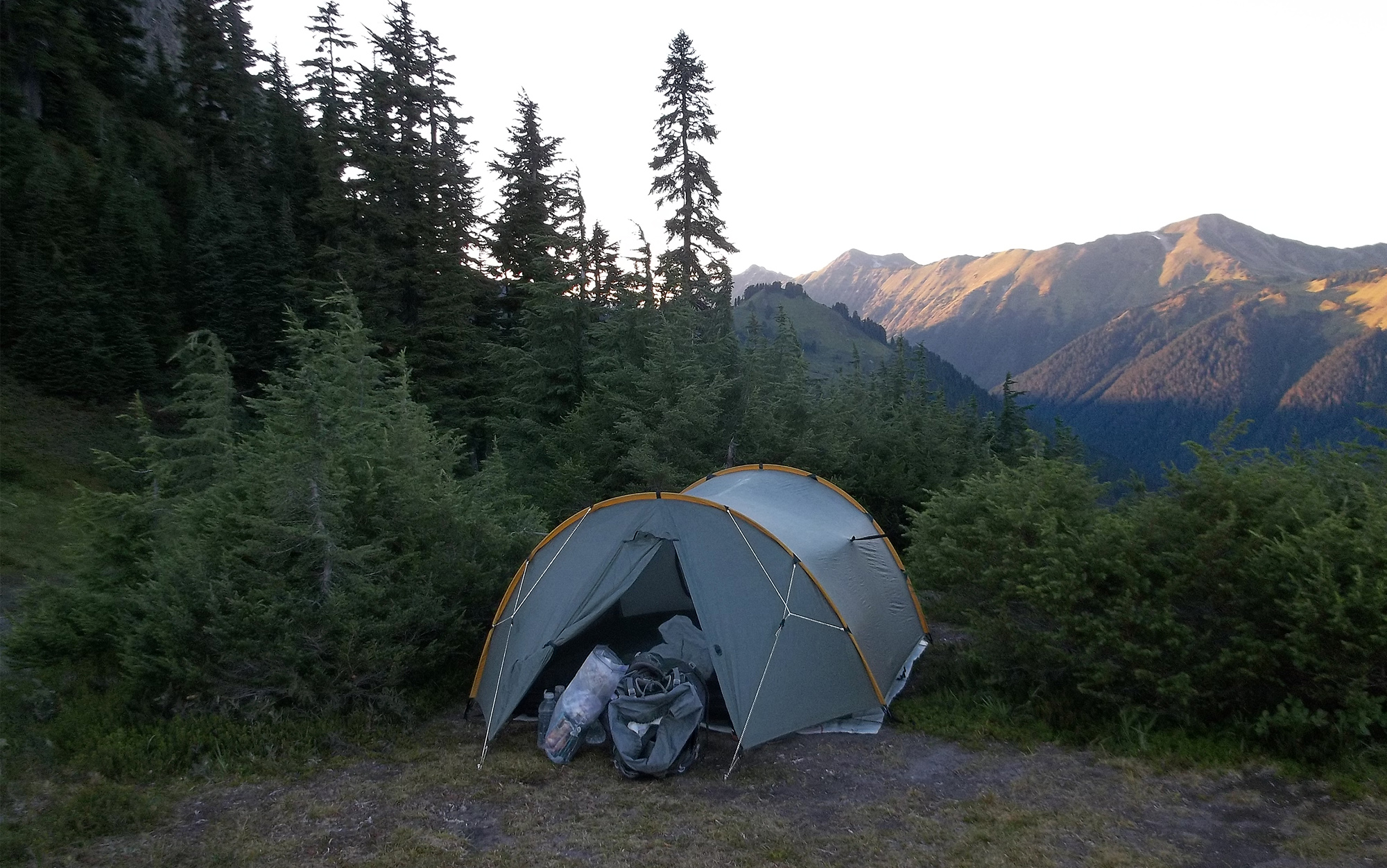
Pliable Ground
Rock or overly impacted ground can be difficult or impossible to stake into. When you’re facing difficult weather, it’s important that you not only get your tent staked into the ground but that you set up your guy lines as well.
Flash Flood Considerations
If you are camping in the southwest, it’s important to know the potential risk from flash floods before you set out, particularly if you are planning on exploring slot canyons. While some popular recreation areas, like Southern Utah, have dedicated resources for checking flash flood warnings, you may need to do a bit more research (by calling the relevant land agency, for example), if you are unsure of the risk in your area.
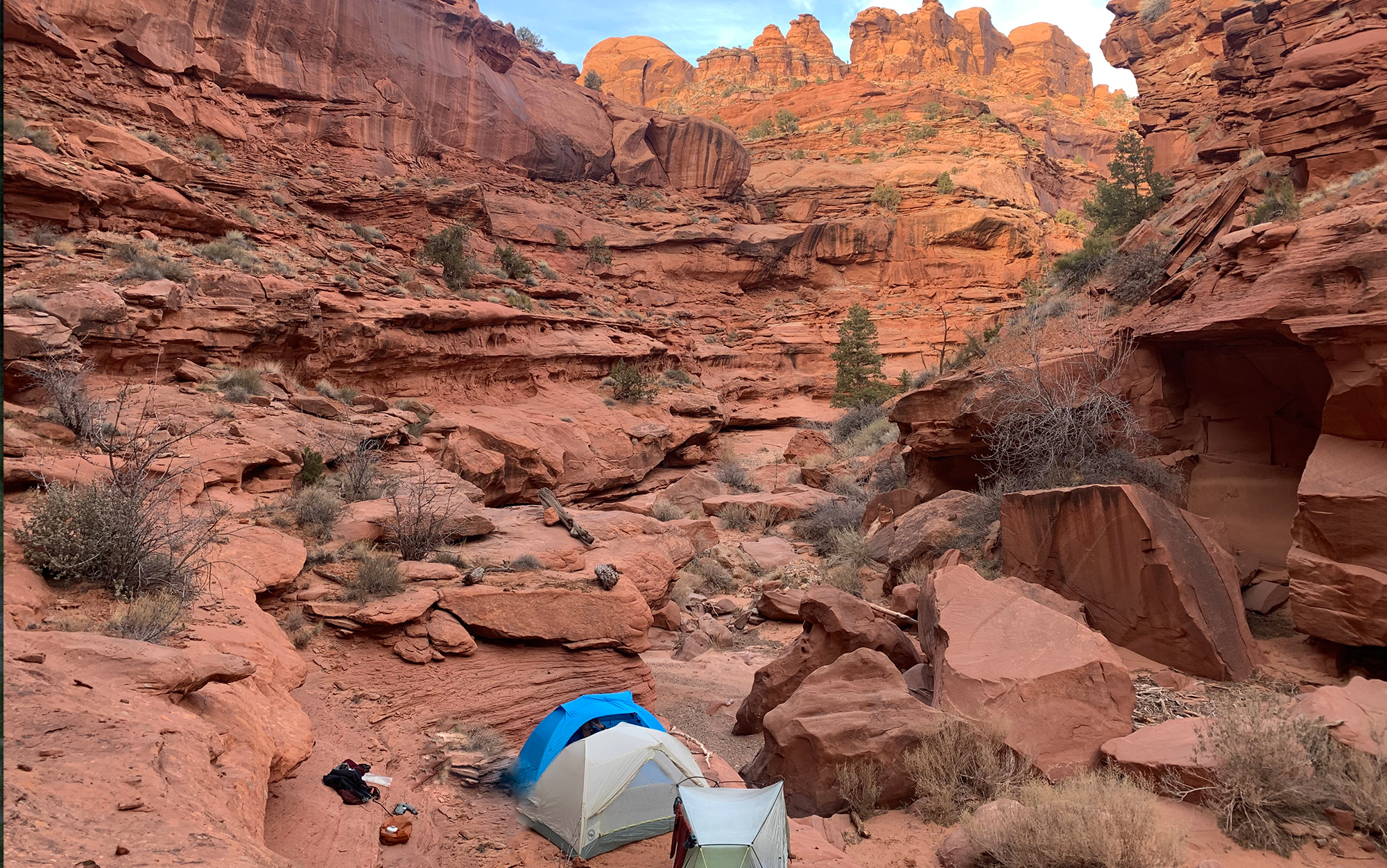
If there is a risk of flash floods, then you’ll want to pitch your tent higher up on the canyon walls to ensure your shelter is well out of the danger zone. Check your topographic map to ensure there are shelves above the waterline where you intend to camp.
Prevent Condensation
There are parts of the country where condensation—water that collects on the inside walls of your tent—is basically nonexistent and parts of the country where it’s almost impossible to avoid. If you’re backpacking in zones known for the latter, have a plan to keep the moisture inside of your tent from getting on your sleeping bag and insulation layers. But even though some condensation is unavoidable, there are a few things you can do to keep it at a minimum.
Avoid Valleys and Creek Beds
Counterintuitively, cold air collects in low places overnight—valleys, creek beds, and the like—as the differential temperature between the ground and the air pushes the cold air downslope until it hits the low point, slows, and condenses. This sometimes results in fog, and always leads to a big uptick in the amount of condensation that forms on the inside of your tent.
Avoid Camping Near Water Sources
In addition to the LNT principles mentioned above, another important reason to camp back from lakes, streams, and ponds is that these areas are naturally more humid, and more humidity means more condensation inside your tent.
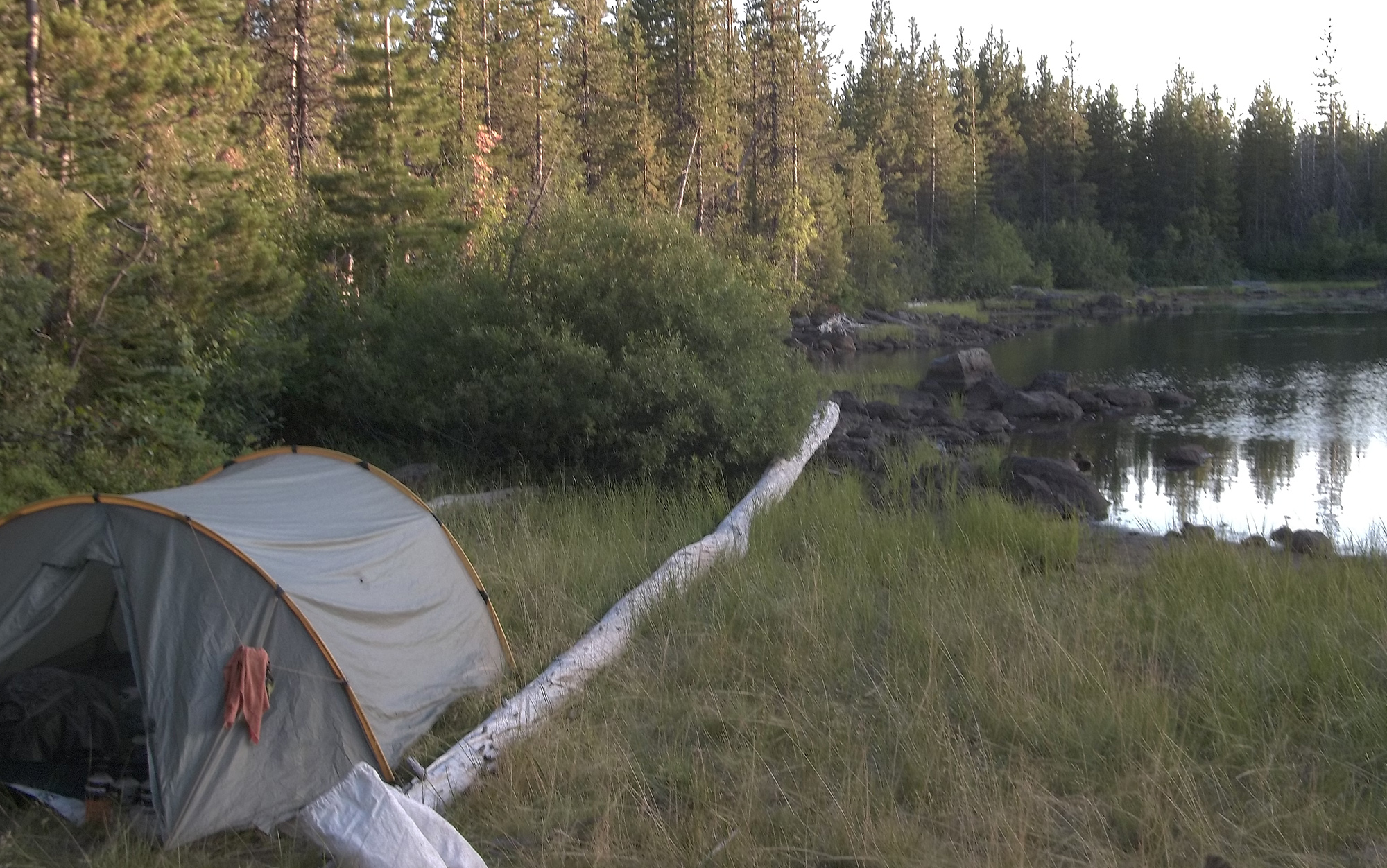
Camp Under Tree Cover
The forest canopy (even a single tree) will block some of the cold air from settling on top of your tent, helping to minimize condensation. The major caveat to this is to be on the lookout for snags, as these are more prone to lose branches, or even fall, than living trees.
Avoid Rodents
There is a certain type of campsite that, though seemingly perfect looking, sends off alarm bells in my head. It usually has an elaborate campfire ring already established with logs positioned around it. Nearby is space for upwards of six tents. A river or appealing lake is steps away. It looks like the kind of site that a group would stop at, and, so, I usually don’t.
Forget about bears trying to break into your tent in search of an errant candy bar wrapper; the most fearless animal that’s coming after your food is a field mouse. I once had a mouse chew a hole through my tent and then chew up the long-sleeve baselayer that I had worn while I was eating dinner. (Fortunately, I wasn’t wearing it at the time.)
That mouse didn’t get any actual food (which was slung up in a tree 30 yards away), but it almost certainly had in the past: The more that rodents receive food rewards from human encampments, the harder they will try to get food in the future.
My general feeling is that if it looks like a Boy Scout troop has stayed there, keep hiking until you find something a little less established.
A Great View
Should snagging a campsite with an Instagram-worthy tent view be high on your list of considerations? I’d argue no. While if you do find a campsite that meets all of the above criteria and has great views, then by all means, snag it—it’s a mistake to make that your number one priority.
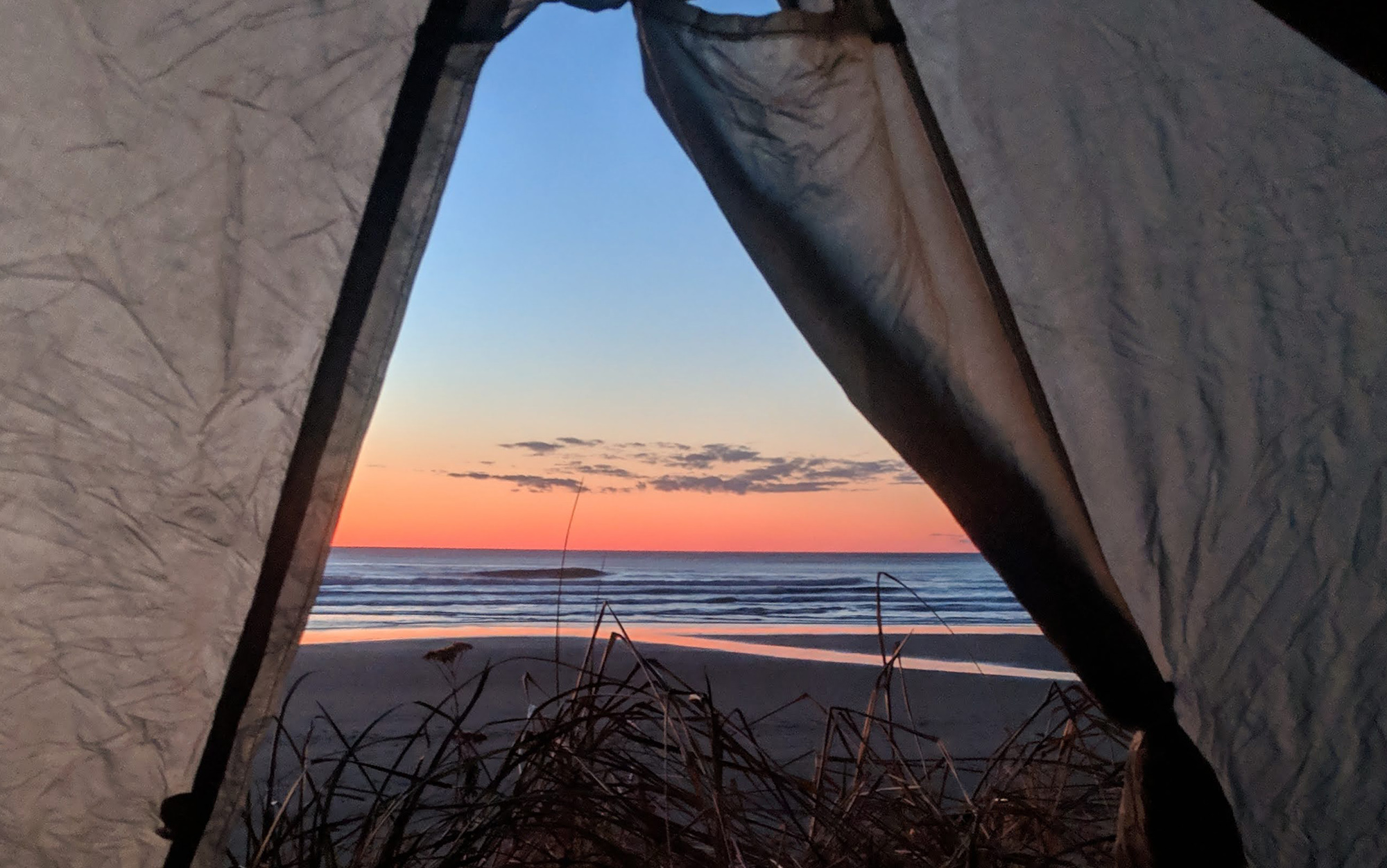
Too often, the campsites with the best views are too exposed to make for a comfortable shelter, which can reduce your overall trip enjoyment. Better to focus on the views along your journey, or choose a camp kitchen site with a great view (ideally located a short distance from your tent because, again, rodents) so that you can enjoy the scenery during dinner.

